AO Edited
Hyangwonjeong Pavilion
A unique structure located on the grounds of one of five grand palaces that were built by the Joseon dynasty.
Hyangwonjeong is a small, hexagonal, two-story pavilion found in the grounds of Gyeongbokgung. The pavilion was built on the orders of King Gojong around 1873 and it is thought to have acted as a place of leisure and relaxation for the Joseon Dynasty kings and their family members.
Following excavation work carried out in 2019, it was found that Hyangwonjeong had the traditional Korean system of heated floors called ondol. Pavilions of this period were often equipped with ondol heating systems, but what makes Hyangwonjeong unique is how the smoke travelled along the sides of the first floor, instead of going through the middle.
The pavilion was constructed on an artificial island in the center of a lake called Hyangwonji. The lake is home to many large, beautifully colored carp and in season lots of lotus flowers. A bridge, Chwihyanggyo, connects the island and the pavilion to the rest of the palace grounds. Hyangwonjeong can be translated as “pavilion of far-reaching fragrance,” while Chwihyanggyo translates as “bridge intoxicated with fragrance.”
Chwihyanggyo was originally located on the north side of the island, and was the longest bridge constructed purely of wood during the Joseon dynasty. Unfortunately, the bridge was destroyed during the Korean War. The bridge was reconstructed in its present form on the south side of the island in 1953, but was relocated to its original location on the north side during reconstruction work completed in 2019.
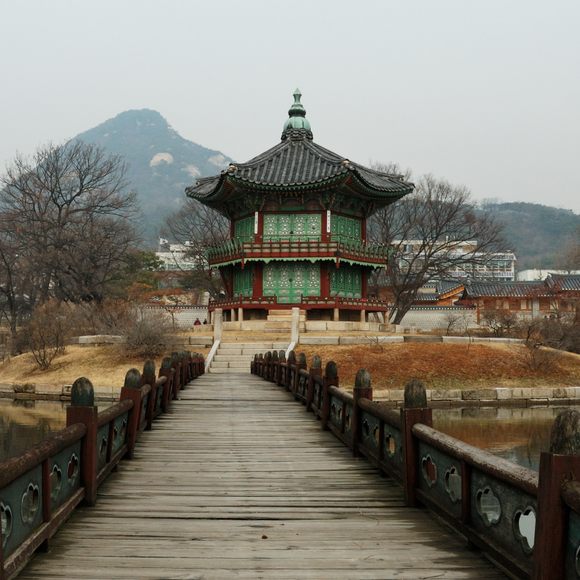





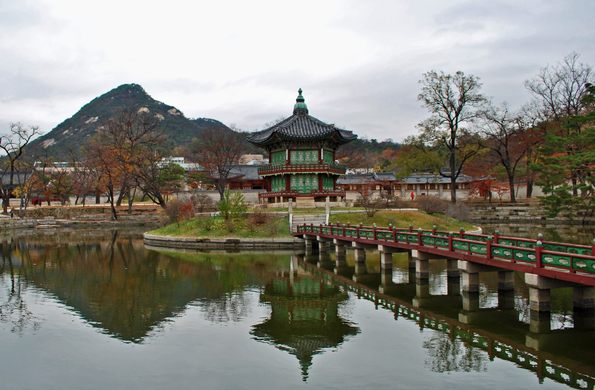





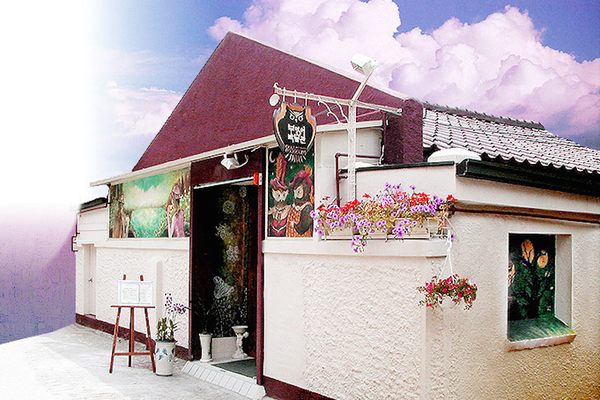


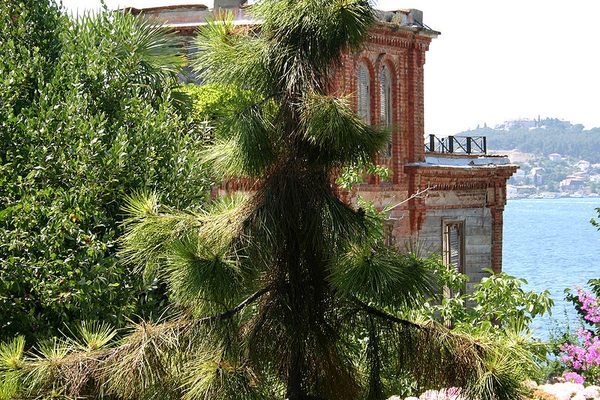
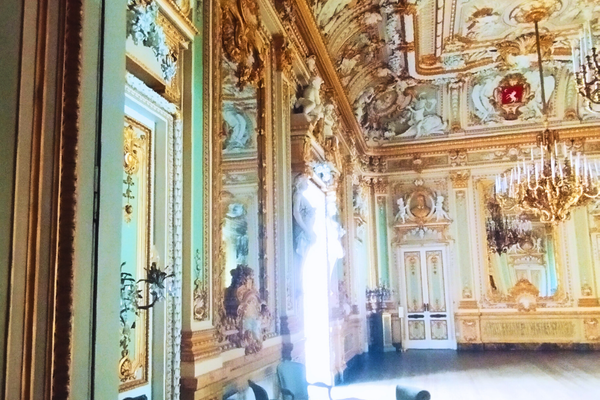

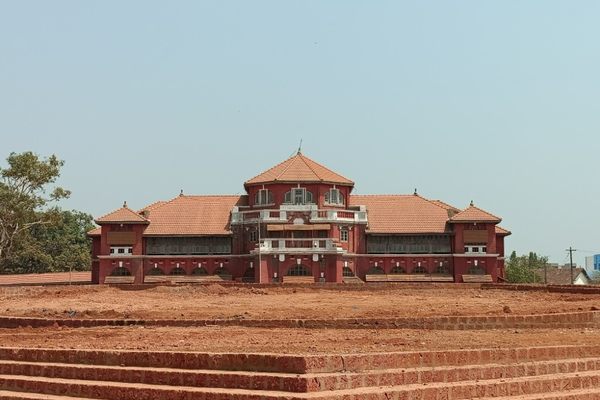

Follow us on Twitter to get the latest on the world's hidden wonders.
Like us on Facebook to get the latest on the world's hidden wonders.
Follow us on Twitter Like us on Facebook